
Updated 12 May 2025
People from Madrid are a welcoming sort, but even so, they do have a strong sense of their own identity. Just like DNA, it is coded into the language, marking them out as citizens of the city. Which is why, if you’re in Madrid to stay, it’s worth getting to grips with some truly Madrileño terms. In my recent podcast, recorded right before Madrid’s iconic Fiestas de San Isidro, my husband Sergio and I discuss all these words at length and you can watch/listen by clicking on the link below or simply read the roundup in this post!
1) Castizo
This adjective derives from the noun casticismo, which refers to the true culture of Madrid. It’s a term that came into being in the 17th century when the working-class tribes of the city began to emerge. Immortalized in Goya’s paintings and later romanticized by authors such as Benito Pérez Galdós, these tribes are a proud bunch who forged a strong sense of identity over the centuries. In short, if something is castizo, it is truly Madrileño.

2) Chulapo

If we’re talking about castizo culture, you don’t get much more truly Madrileño than chulapos. The term is derived from the adjective chulo, which refers to the cheeky demeanor Madrileños are famous for. Traditionally from Malasaña, chulapos and chulapas are familiar figures to most Madrileños. You can often see them dressed in their traditional costumes at local festivals such as San Isidro or La Paloma. Typically, the men wear a waistcoat or jacket with a red carnation in their buttonhole. A black and white chequered cap is also a must. The women also wear a red carnation, usually in their hair, which is done in a high bun covered by a white scarf. This ensemble is completed with a white blouse, polka dot skirt and a Manila shawl.
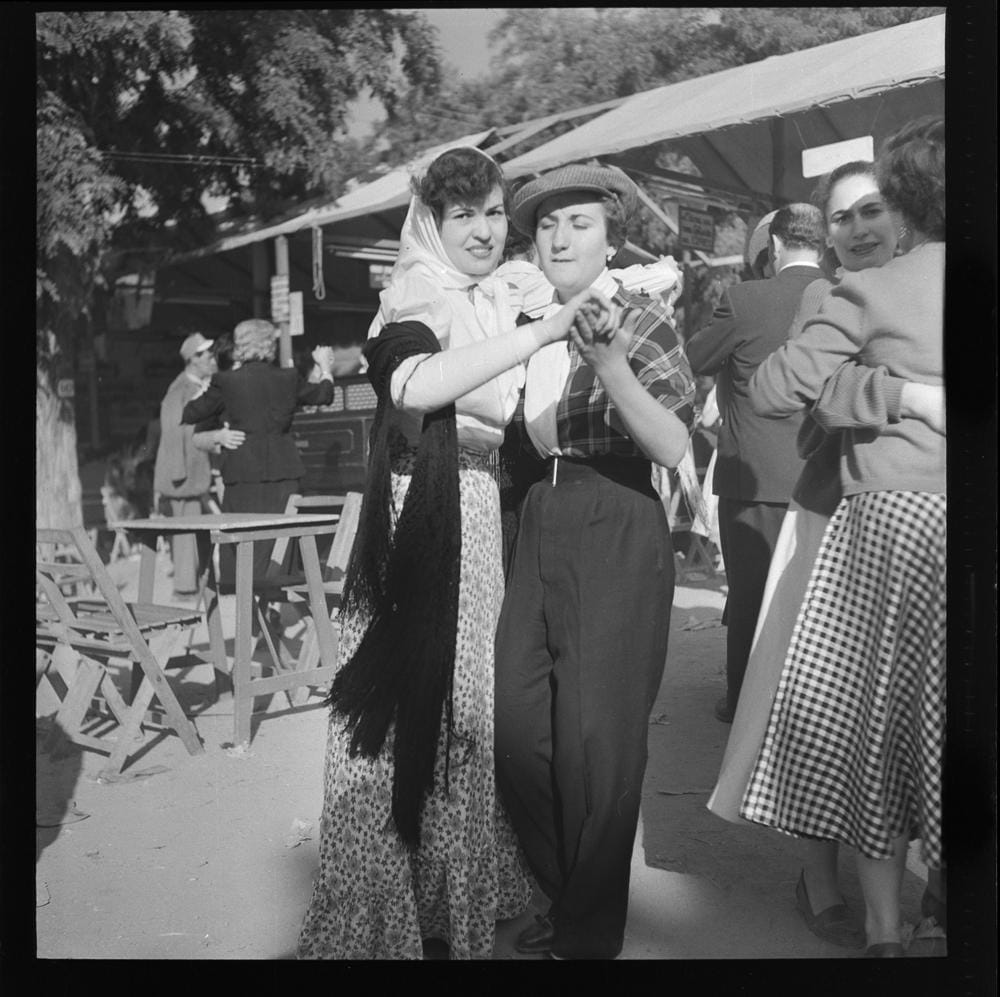
3) Chotis
Whenever you see a chulapo and chulapa together, chances are they will be dancing the chotis. This dance involves one dancer being twirled on a foot as the other spins them round in a circle. Again you can see this dance at local festivals, most particularly San Isidro or La Paloma.
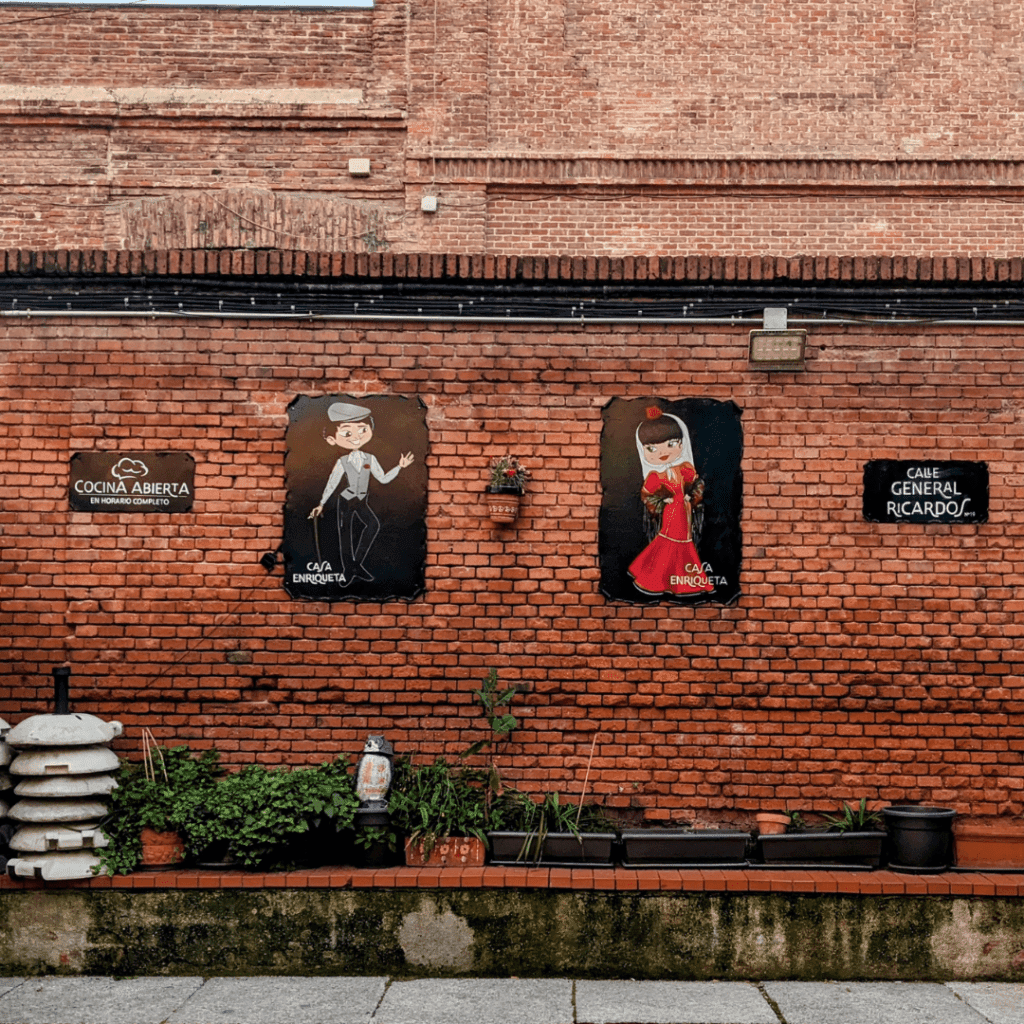
4) Cocido
This is a truly Madrileño stew that primarily consists of chickpeas and meat. While it is eaten all over Spain, it is often referred to as cocido madrileño making Spain’s capital the heartland of this dish. One of the best places to try a cocido in Madrid is Restaurante Malacatin. In business for more than 100 years, it’s safe to say that this castizo joint knows what it’s doing when it comes to serving up Madrid’s most emblematic dish.
5) Gallinejas
While London has jellied eel, Madrid has gallinejas. Only sold in Spain’s capital these are fried lamb’s innards. Very much an acquired taste, they are now sold in very few places. If you want to try them, I heartily recommend Casa Enriqueta in Puerta de Angel.

6) Gatos
While all newcomers are instantly recognized as Madrileños, if you can count your lineage back two generations, you ascend to the slightly higher status of gato, or gata if you are a women. This means that not only were your parents born in the city, but your grandparents too. This term has an interesting story behind it: It’s said that when Alfonso VI set out to take Madrid from its Muslim rulers in 1083, the main problem was how to get inside the citadel. The reason for his success was down to his troops, who were said to scale the walls with the agility of cats.

7) Madriz (sic)
If you’re truly from Madrid, you never pronounce the ‘d’ at the end of the word. Instead, you say, Madriz. Similarly, Madrileños would call a David, Daviz. The way the locals pronounce the capital’s name is oddly similar to Matrice, the former term for La Latina, once a Christian settlement that sat outside the fortified walls of the Andalusian citadel of Mayrit. When the town grew under Christian rule, the two terms got combined with Matrice and Mayrit amalgamating to become Matrit and then later Madrid.
8) Madroño liquor
You’ve all seen Madrid’s coat of arms featuring the bear and the strawberry or madroño tree. But you may not know that a liquor made from the fruit of this tree can be sampled in a few bars in the city center. My favourite is Restaurante el Madroño, where they serve this delicious drink in chocolate cups.

9) Majo
Before the chulapos and chulapas emerged, there were majos and majas. The forebears of the chulapos, they hailed from Malasaña and dressed in a flamboyant style that was very similar to the outfits worn by bullfighters today. Incidentally, majo and maja does not only refer to people from this tribe but also means that someone is a good sort. For instead. “Es muy majo” means “He’s a friendly dude.”
10) Mola mazo
This colloquial phrase, while coined in a song by Valencian Camilo Sesto, is typically Madrileñan and basically means “I like it a lot.” For instance, “Los fiestas de San Isidro mola mazo” means “I really love the festival of San Isidro.” The only time I used it in conversation outside Madrid, I had my Spanish audience in fits, probably because it sounded as weird as a Spanish person saying something as colloquial as “innit.” Still, if used in Madrid you will not be laughed out of town, rather you’ll be embraced as a true Madrileño!
11) Dabuti
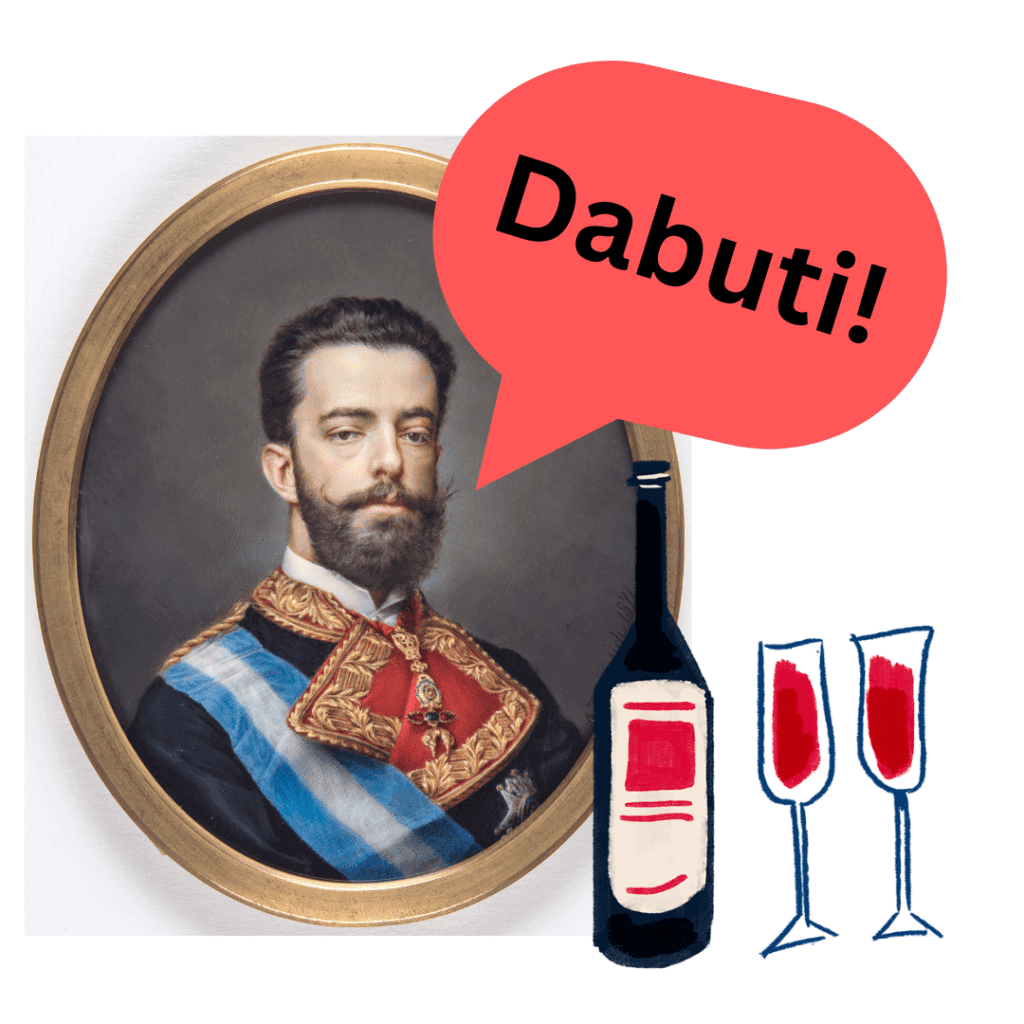
Dabuti or dabuten simply means ‘great’ but its origins are not so clear. Some say it comes from the gitano (gypsy) language caló while others claim it comes from a former king of Spain. Legend has it that it was coined during the short-lived rule of Italian Amadeo de Saboya, who took the throne between 1870-1873 after Isabel II was deposed. During a formal dinner, Amadeo asked for a special wine from his native Italy called “Da Butti.” When the wine couldn’t be found, a substitute was offered, and the king, pleased with the replacement, declared in his Italian-accented Spanish that although it wasn’t the original, it seemed like Da Butti to him. Misunderstanding the reference, the guests assumed “Da Butti” was an Italian expression meaning something excellent. Supposedly, the phrase “dabuti” began to circulate among the aristocracy and eventually spread to all social classes by the mid-20th century. While this latter story has a whiff of elegance, it’s more likely the origins are gitano.
Are you interested in finding out more about Madrid? Let me be your guide. Simply check out the unique walking tours I have on offer and drop me a line. If you’re after something tailored to your own interests, I’m more than happy to accommodate.
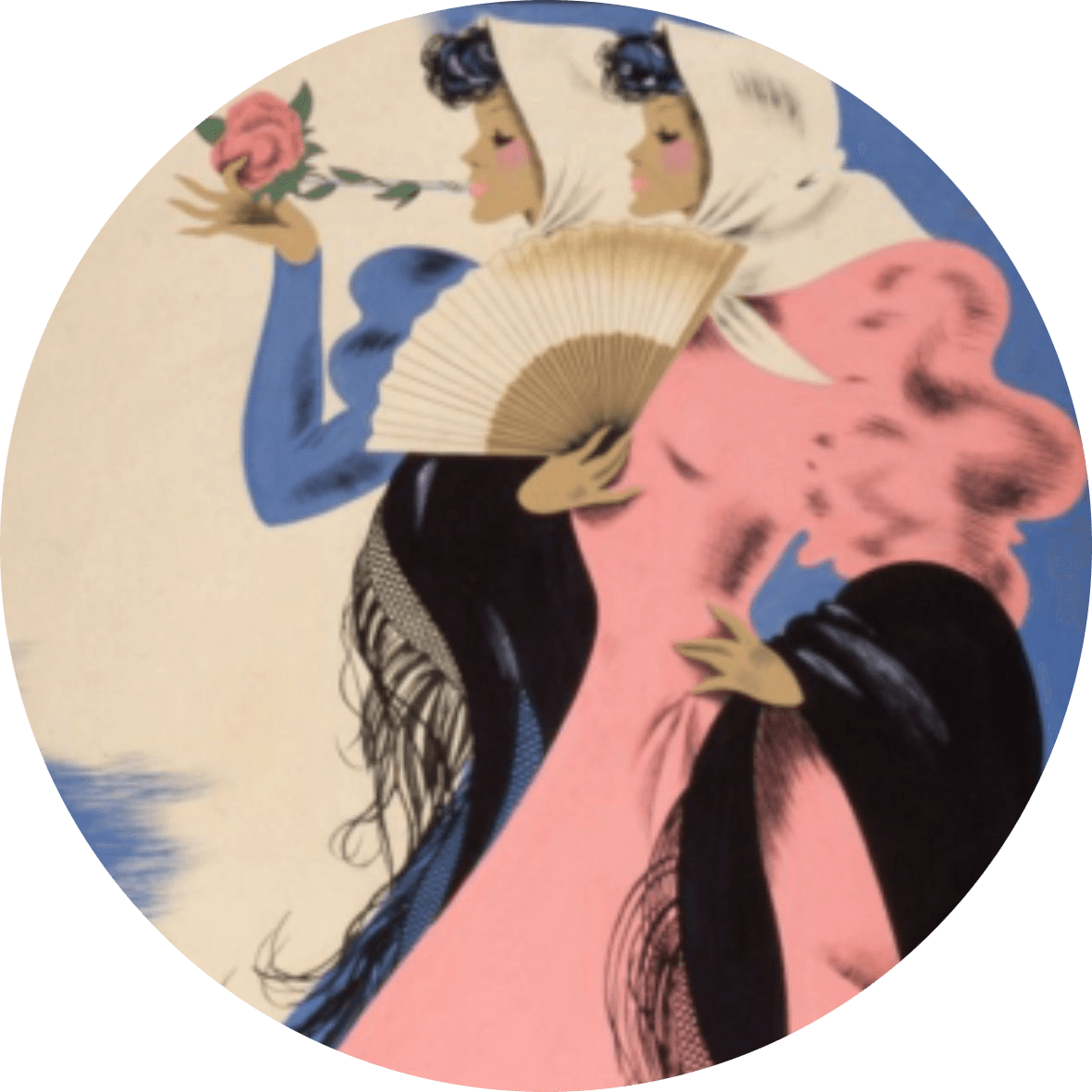
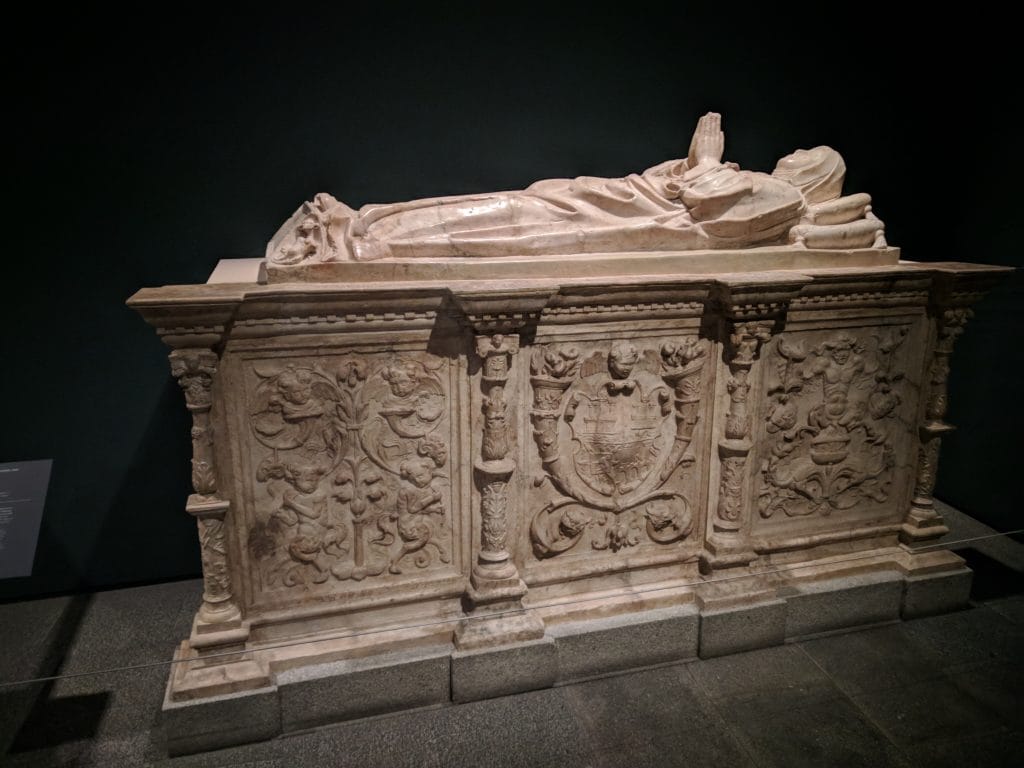

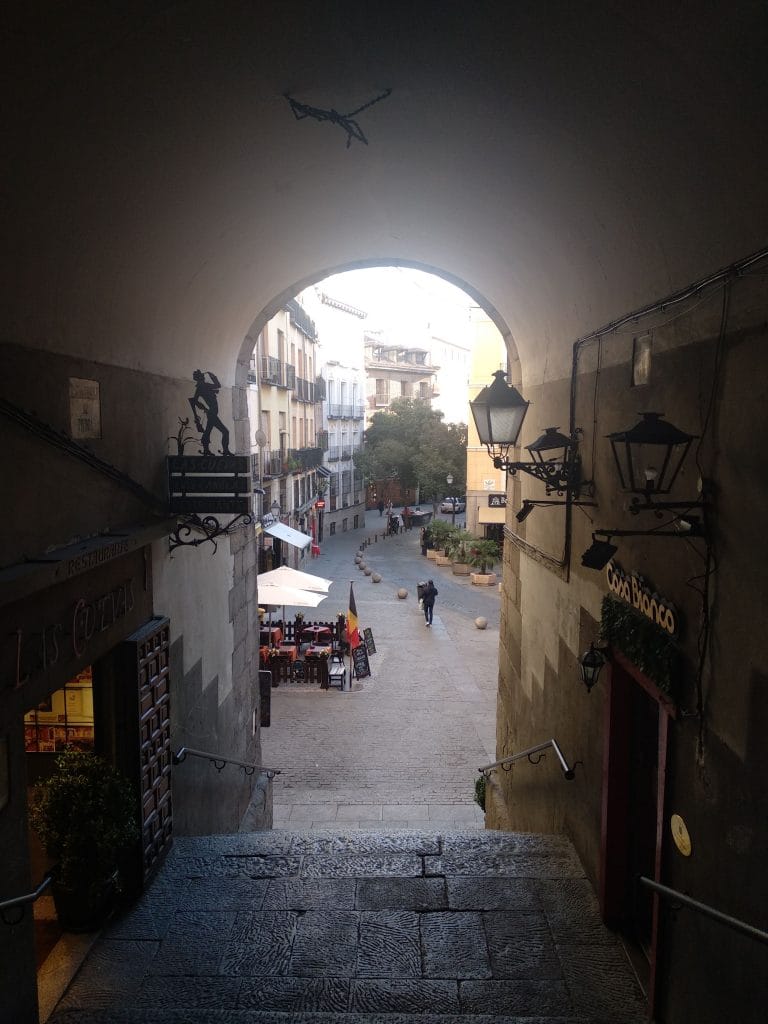
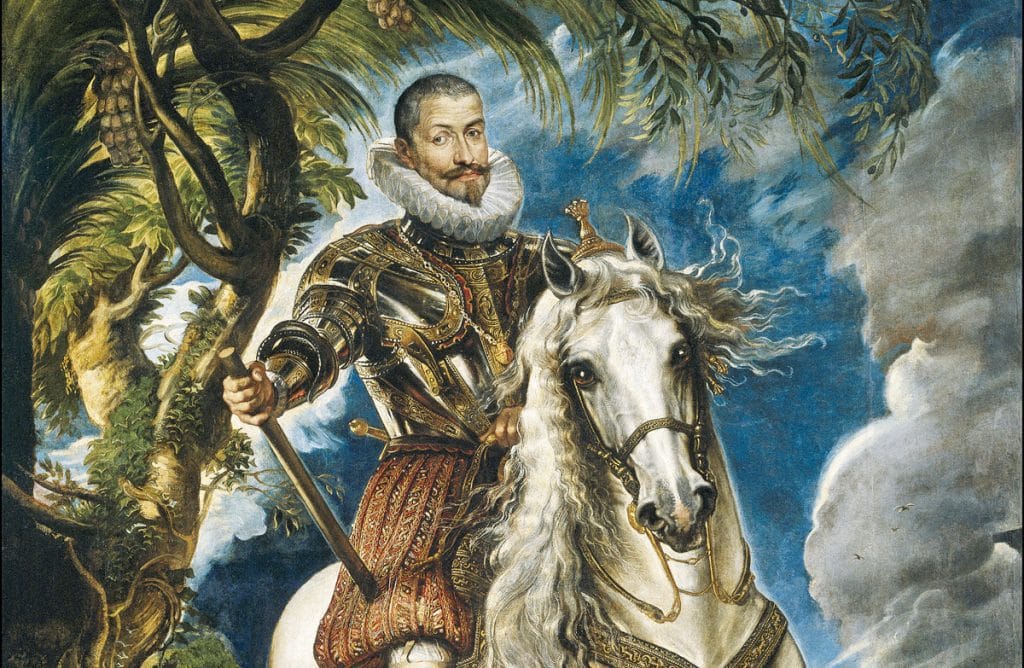
Certainly all the chulo and majo is madrileño. Mola, however, is more something that used to be said by the people who are now in their 50s: “Cómo mola” or “Mola cantidubi” are comments from the 1990s, and certainly the “mola mazo” is very very much Camilo Sesto’s.
Pingback: Summer in Madrid: August festivals - The Making of Madrid
Pingback: San Isidro Madrid's (male) patron saint - The Making of Madrid
Pingback: Why are true Madrileños called gatos? - The Making of Madrid
Pingback: Madrid for Foodies - The Making of Madrid